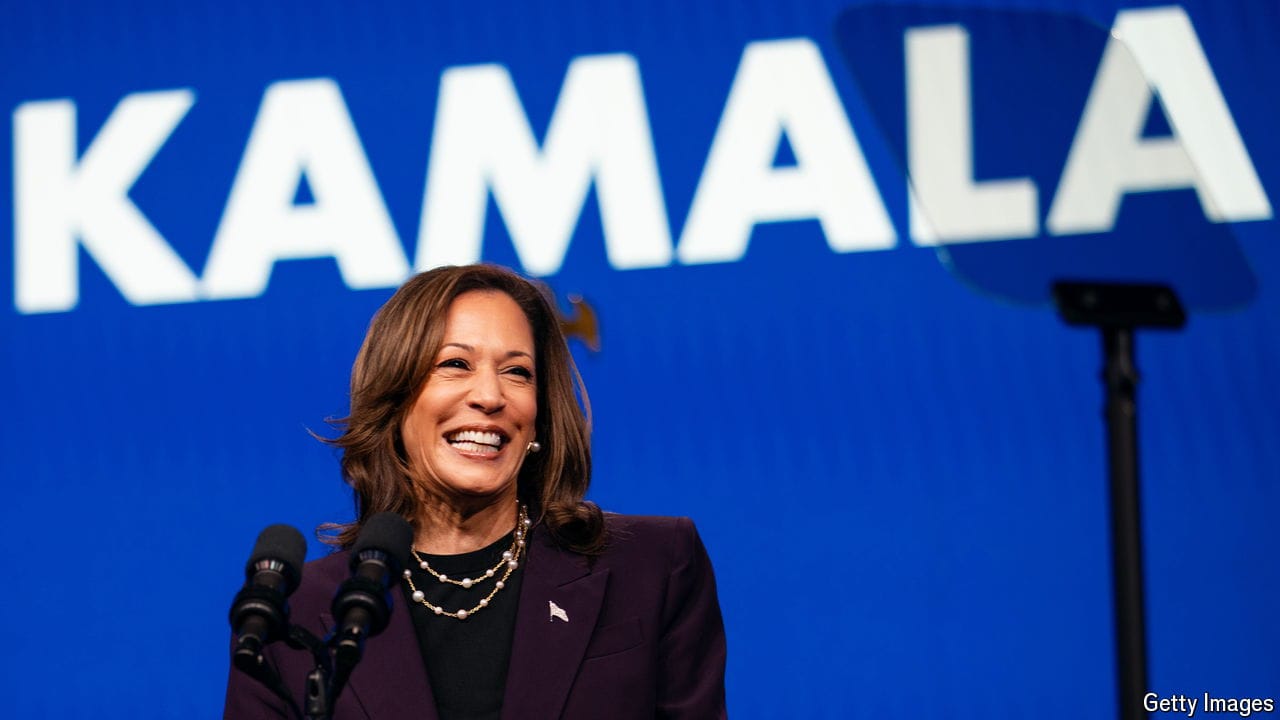What is India’s “Cold Start” military doctrine?
Why is the chief of the army talking about its deterrence measures after years of official denials?

By M.F.
LAST week India celebrated its 68th Republic Day, the highlight of which is an elaborate parade to show off India’s military might (pictured). Soldiers goose-stepped and tanks rolled down Rajpath, New Delhi’s main ceremonial thoroughfare, as India's president, Pranab Mukherjee, and this year’s guest of honour, Abu Dhabi’s Crown Prince Sheikh Mohammed bin Zayed al Nahyan, looked on. Fighter jets screeched overhead. The annual display was particularly pointed this year, coming barely three weeks after Bipin Rawat, India’s new army chief, acknowledged in an interview the existence of the country’s “Cold Start” military doctrine. What is Cold Start and why did General Rawat, who took office on December 31st, mention it in public?
Cold Start is the name given to a limited-war strategy designed to seize Pakistani territory swiftly without, in theory, risking a nuclear conflict. It has its roots in an attack on India’s parliament in 2001, which was carried out by terrorist groups allegedly used as proxies by Pakistan’s powerful intelligence services (ISI). India’s response to the onslaught was a flop: by the time its lumbering Strike Corps were mobilised and positioned on the frontier, Pakistan had already bulked up its defences, raising both the costs of incursion and the risk that it would escalate into a nuclear conflict. Cold Start is an attempt to draw lessons from this: having nimbler, integrated units stationed closer to the border would allow India to inflict significant harm before international powers demanded a ceasefire; by pursuing narrow aims, it would also deny Pakistan a justification for triggering a nuclear strike. Yet India has refused to own up to the existence of the doctrine since it was first publicly discussed in 2004. Nor was its rumoured existence enough to stop Pakistani terrorists from launching devastating attacks in Mumbai in 2008, killing 164 people.
More from The Economist explains

Who are the Druze, the victims of a deadly strike on Israel?
The religious minority has often been caught up in regional crossfire in the Middle East

Myanmar’s rapidly changing civil war, in maps and charts
Ethnic militias and pro-democracy groups are scoring victories against the governing junta

Who will be Kamala Harris’s running-mate?
She is reportedly vetting a dozen options. These are the top three
Why have so few American presidents been from the West?
Kamala Harris’s nomination would be a milestone for the region
Why the Olympics still has a doping problem
Cheating with drugs has again become an organised affair
Why some Russian athletes will be eligible to compete at the Paris Olympics
Despite antipathy between the Russian government and the International Olympic Committee a handful will compete